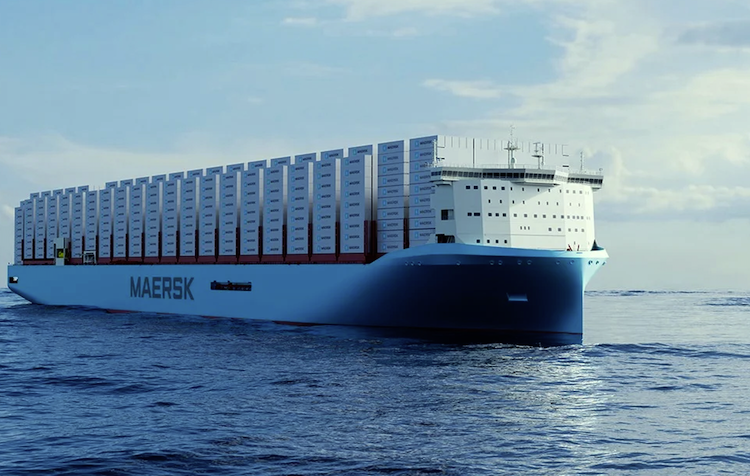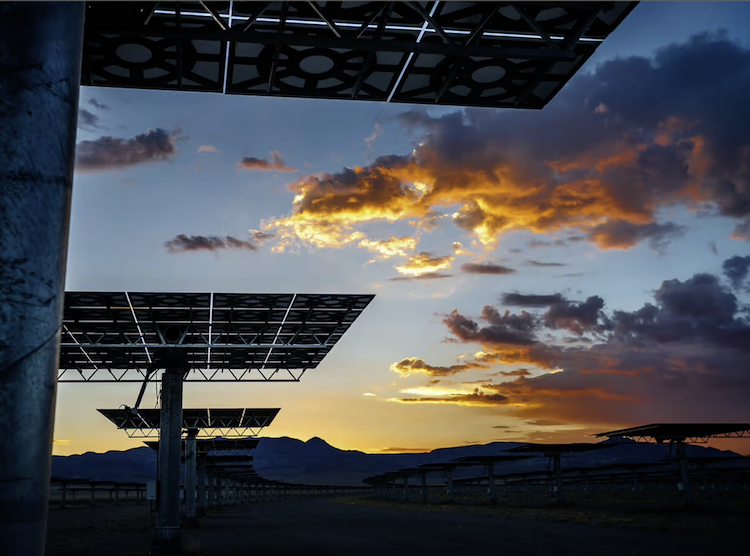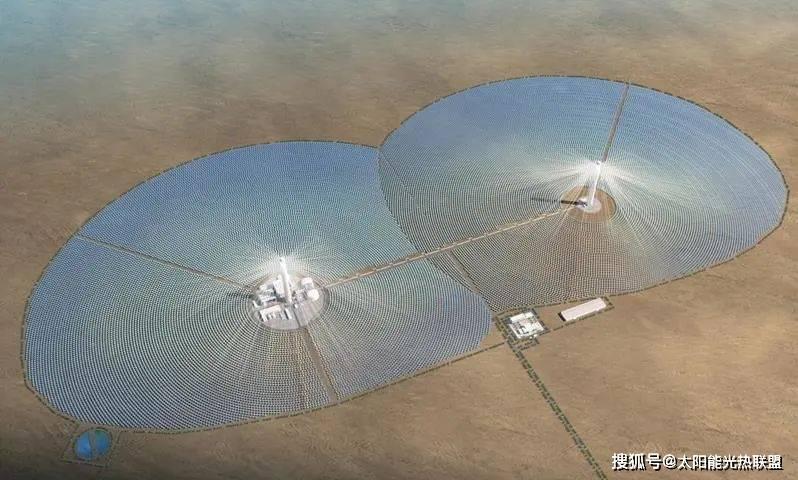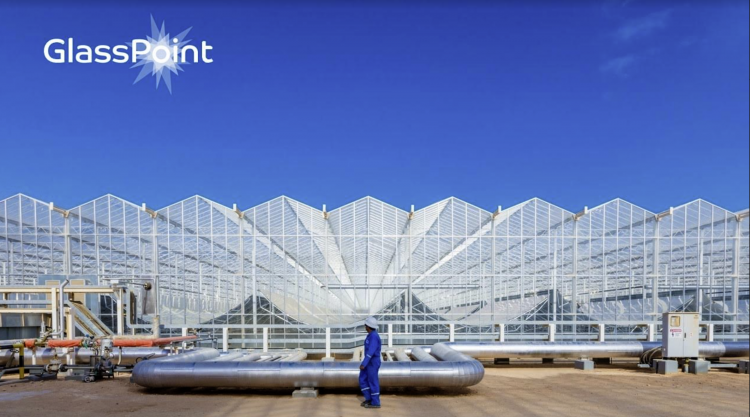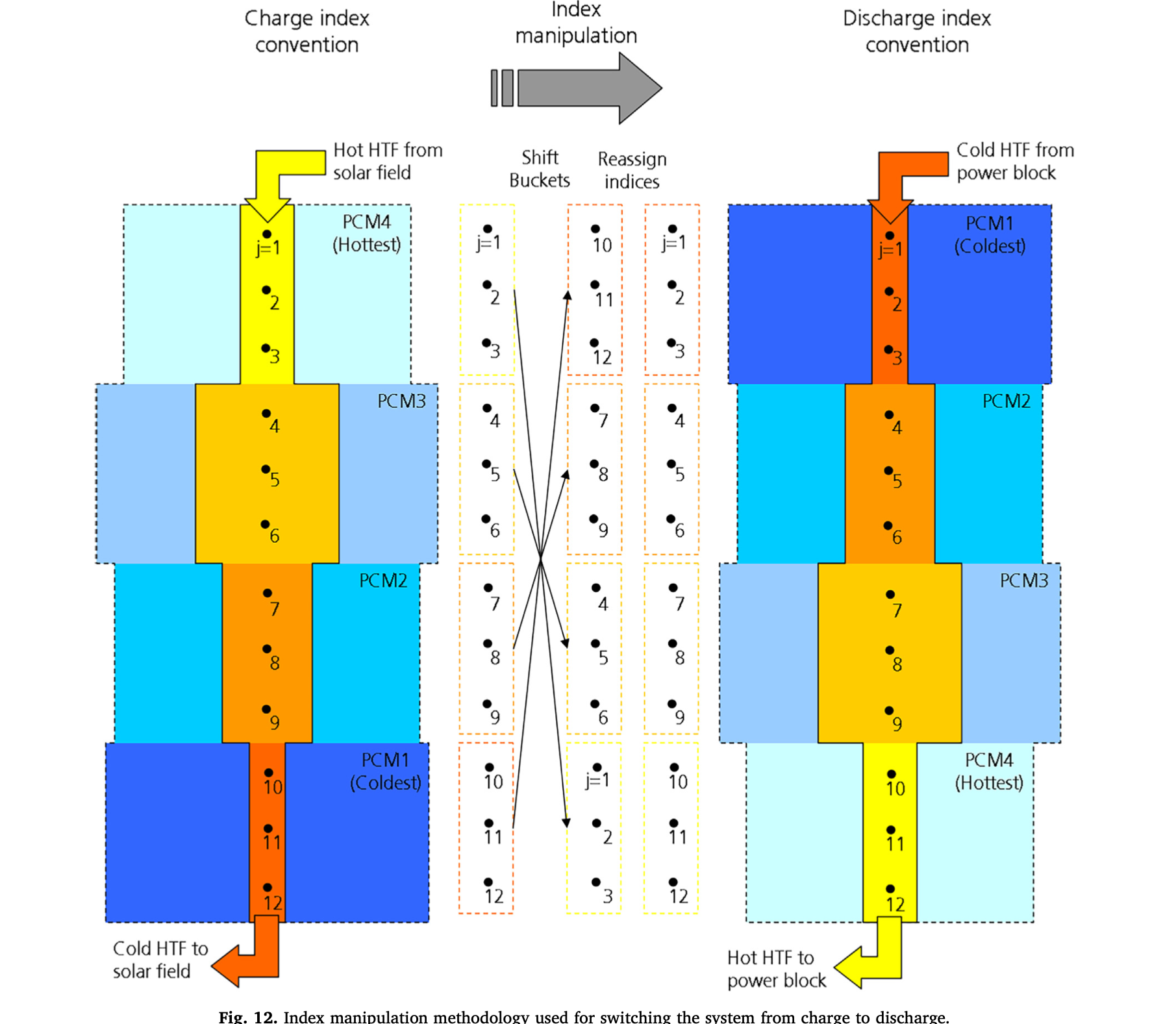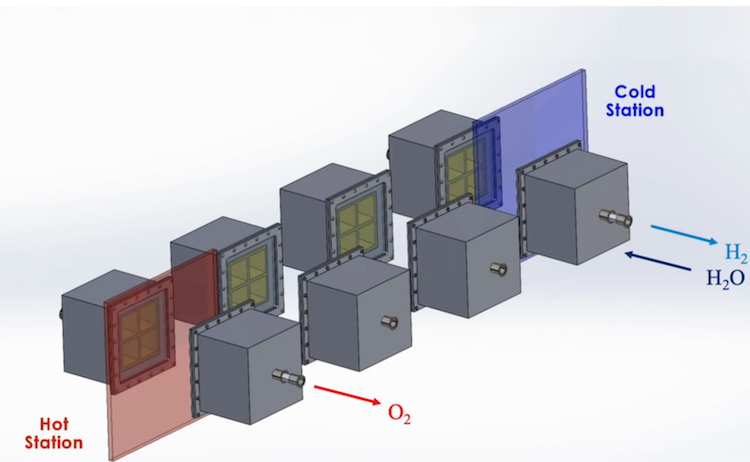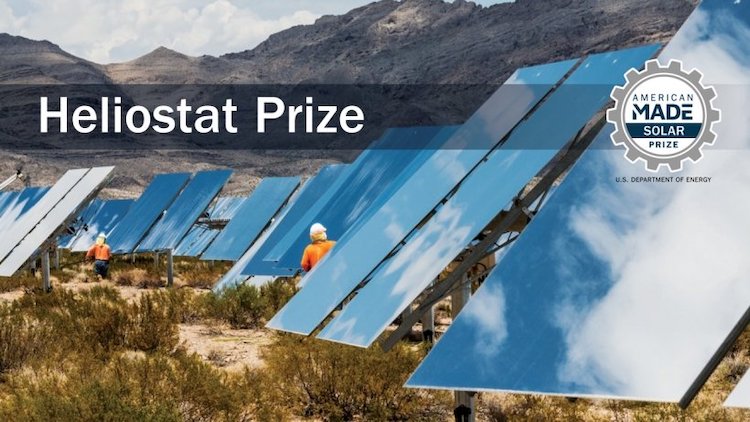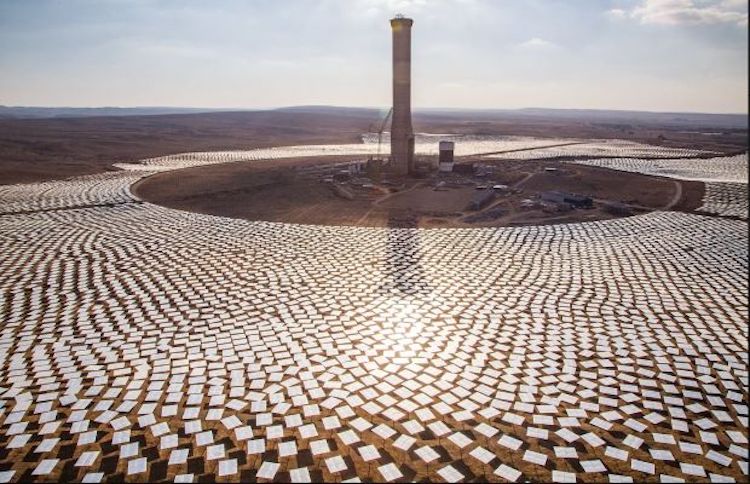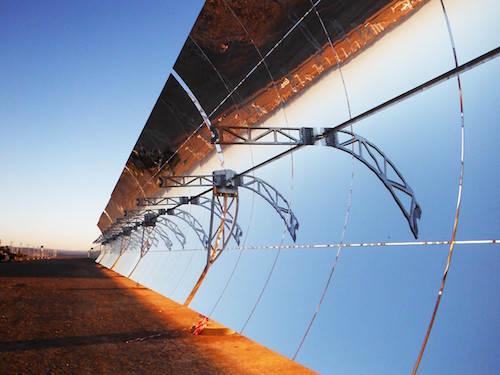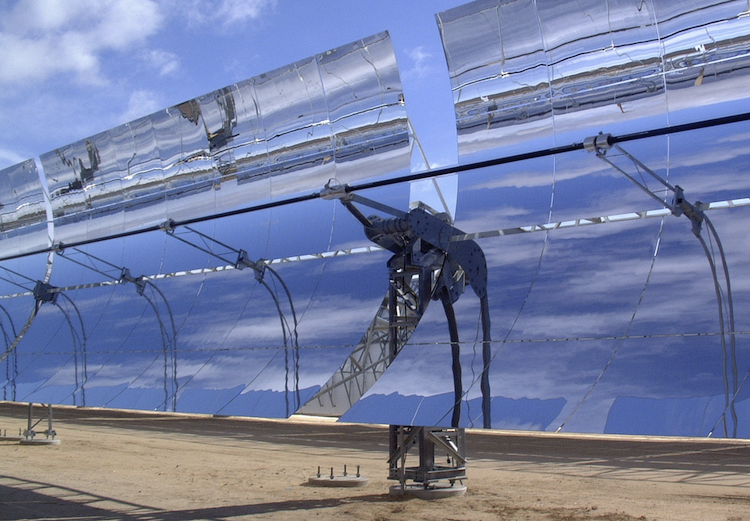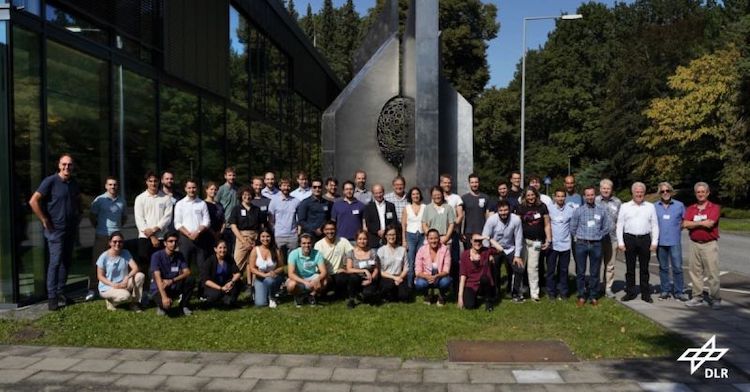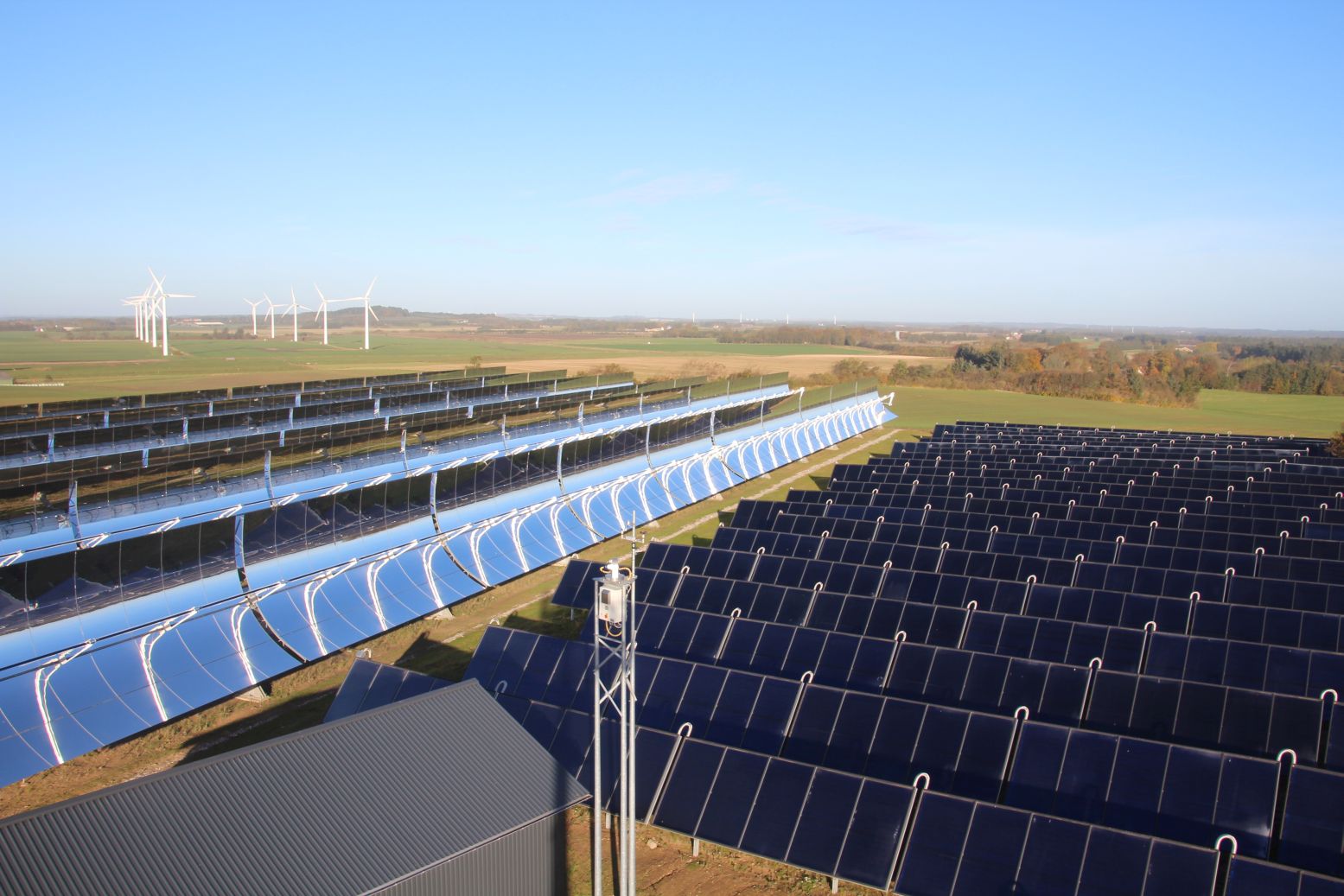
More than 50% of district heat is renewable in Sweden, Denmark, Austria, Estonia, Lithuania, Latvia and Iceland. Aalborg CSP’s solar district heating plants have included either or both types of solar thermal collectors, trough (left) and flat plate (right) IMAGE@Aalborg CSP
“Public Good” funding built Denmark’s green district heat leadership
In Denmark, financing district heat was not left to the whims of the market. Each municipality offers true loan guarantees. These make long term investments very low risk. The result is that 400 district heating and combined heat and power plants supply district hot water for residential heating and hot water to almost all its 6 million citizens.
The Danish renewable energy engineering company Aalborg CSP has built and supplied many solar district heating systems under this approach. Aalborg CSP’s solar district heating systems use both flat plate and trough solar thermal collectors. Some include or biomass or CHP plants, or seasonal Pit Thermal Energy Storage to store excess solar heat generated during summertime to help out in winter. The firm’s CEO Svante Bundgaard explained how Denmark’s funding works in a call from Denmark.
“Say that we offer a client to build a 10 million Euro plant,” Bundgaard said. “In Denmark, district heating companies can finance that 100% with a bank loan. With a municipality guarantee attached, we can get a very low interest rate of 0% to 3% for a long period, like 25 years.”
Over 400 municipality-driven nonprofit district heating organizations are tasked to supply all Danish citizens with renewable heat as a Public Good. Even small towns of 1,000 will have district heat.
“The way that the regulation and the market is set up, our main obligation is to create green energy,” Bundgaard explained. “Our task is to connect as many citizens as possible to the district heating network. We are aiming at making the energy sector more green and overall assisting in converting the energy sector to meet Net Zero carbon emission plan.”
With its fourth and fifth generation of district heating, Denmark leads the world in the green transition. More than 60% of Denmark’s homes are heated with district heating systems, with most of the energy renewable. Only isolated homes are heated by burning wood or natural gas if the cost of piping long distances to too few houses is too prohibitive.
Solar thermal energy boosted with a heat pump
Aalborg has just increased the yield of their solar district heating system at the Ørum solar district heating plant, which also includes two gas boilers and engines, by up to 28%, by integrating a 2.5 MW electric air-to-water ammonia heat pump with its solar field of collectors. (Heat pumps can also be air-to-air, and liquid-to-air.)
“Small industrial heat pumps range from, I’d say, 400 kW up to 1.5-2 MW – but they can be added together on standard skip-based modules. At the plant in Ørum, Denmark, we have a 2.5 MW ammonia heat pump in combination with a solar district heating plant, where the heat pump helps boost the efficiency of the solar thermal field,” he said.
The day we spoke, the firm had just delivered a 1.5 MW heat pump. Delivering heat pumps in modules on skips enables Aalborg to customize capacity for customers.
“Rather than sending all the pipes, valves and compressors to the site and welding them onsite; you build a skip in a workshop and mount everything onto that,” he explained. “This way, the companies can pressure test the different components at the workshop. Afterwards, the skip is simply connected at the project site, so it’s a plug-and-play solution.”
How a heat pump helps solar thermal efficiency
At the Ørum plant, the heat pump helps optimize the return temperature in the solar plant during months with the least amount of sunshine. Energy withdrawn from the hot water storage tank will also help improve the heat pump efficiency during low sunshine periods, where it has the greatest value for overall efficiency. During wintertime, the heat pump accounts for the majority of the heat production. It is supplemented by the district heating plant’s existing gas boilers during the coldest periods.
“Before we added the heat pump, we were basically running with solar alone for two months during the summer,” Bundgaard noted. “Hybrid solar district heating like the one in Ørum can be further optimized by integrating a biomass boiler. In these types of plants, biomass is used during the periods of the year where solar is not sufficient.”
By integrating the heat pump into the existing system, the district heating plant is now able to reduce its natural gas consumption. Combined, the heat pump and the solar heating system produce approximately 10,000MWh of heat annually; covering up to 93% of the heat demand by plant’s customers.
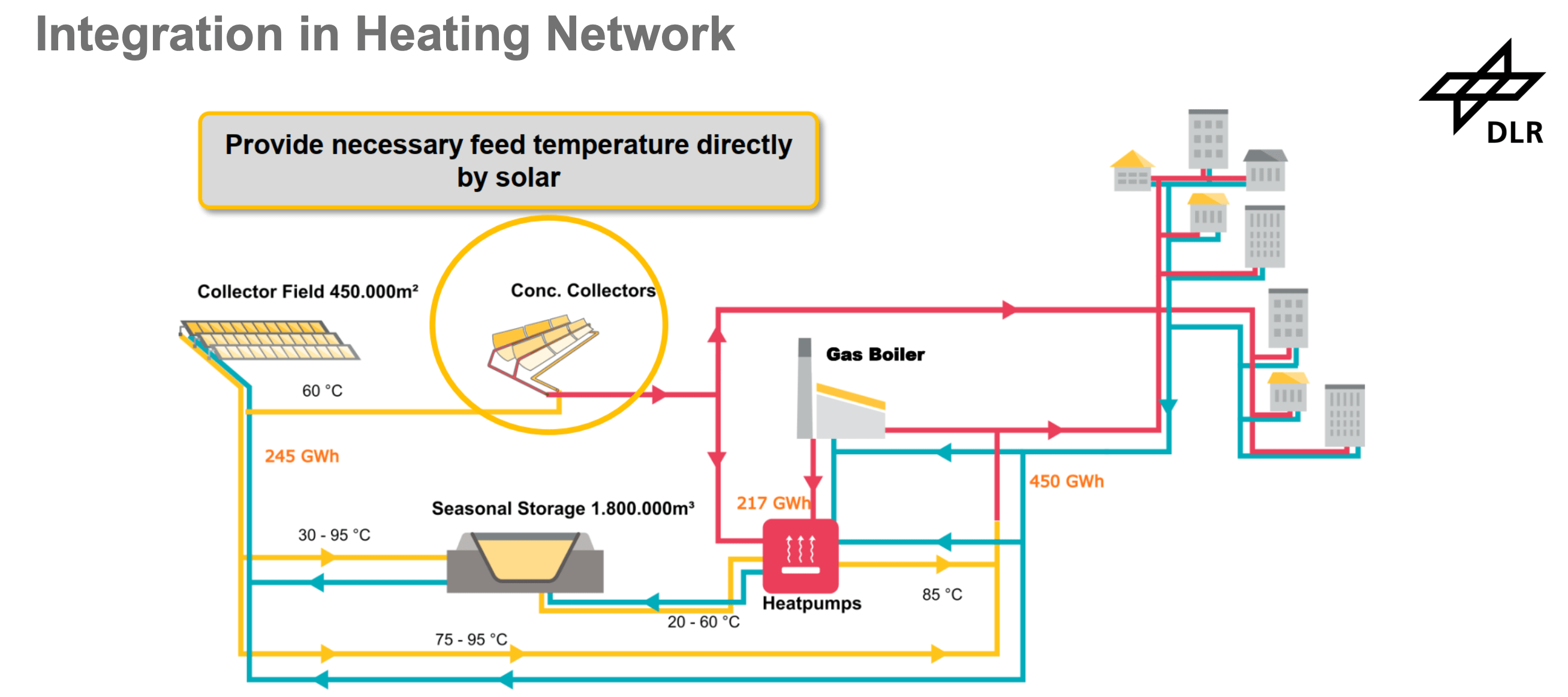
In the recent SolarPACES Conference plenary, DLR’s Solar Research Institute director Robert Pitz-Paal showed a diagram of how district heating systems could “bolt-on” a solar field combining flat plate and concentrating solar collectors and seasonal storage with a heat pump to decarbonize existing gas district heating systems in Eastern Europe.IMAGE@DLR
Eastern Europe’s potential to add solar to district heating
Western Europe has been getting some relief from this year’s gas shortages in the form of LNG deliveries by sea. But parts of Germany, Poland and Eastern European nations are more dependent on Russian gas for heat in winter.
Many former Soviet Union nations built early district heating systems. However, those early plants burned coal or gas to heat the water. Now with the ongoing war between Russia and Ukraine, Aalborg has seen increased interest in supplementing these coal or gas driven district heating energy systems with renewable energy.
“Over the past six months, there has been a major change in the global mindset following the war, the subsequent energy crisis and its effect on natural gas prices,” Bundgaard said. “They want to be green because they want to have a better world, but now also because it is cheaper. People are suffering, and need solutions that can reduce gas dependency.”
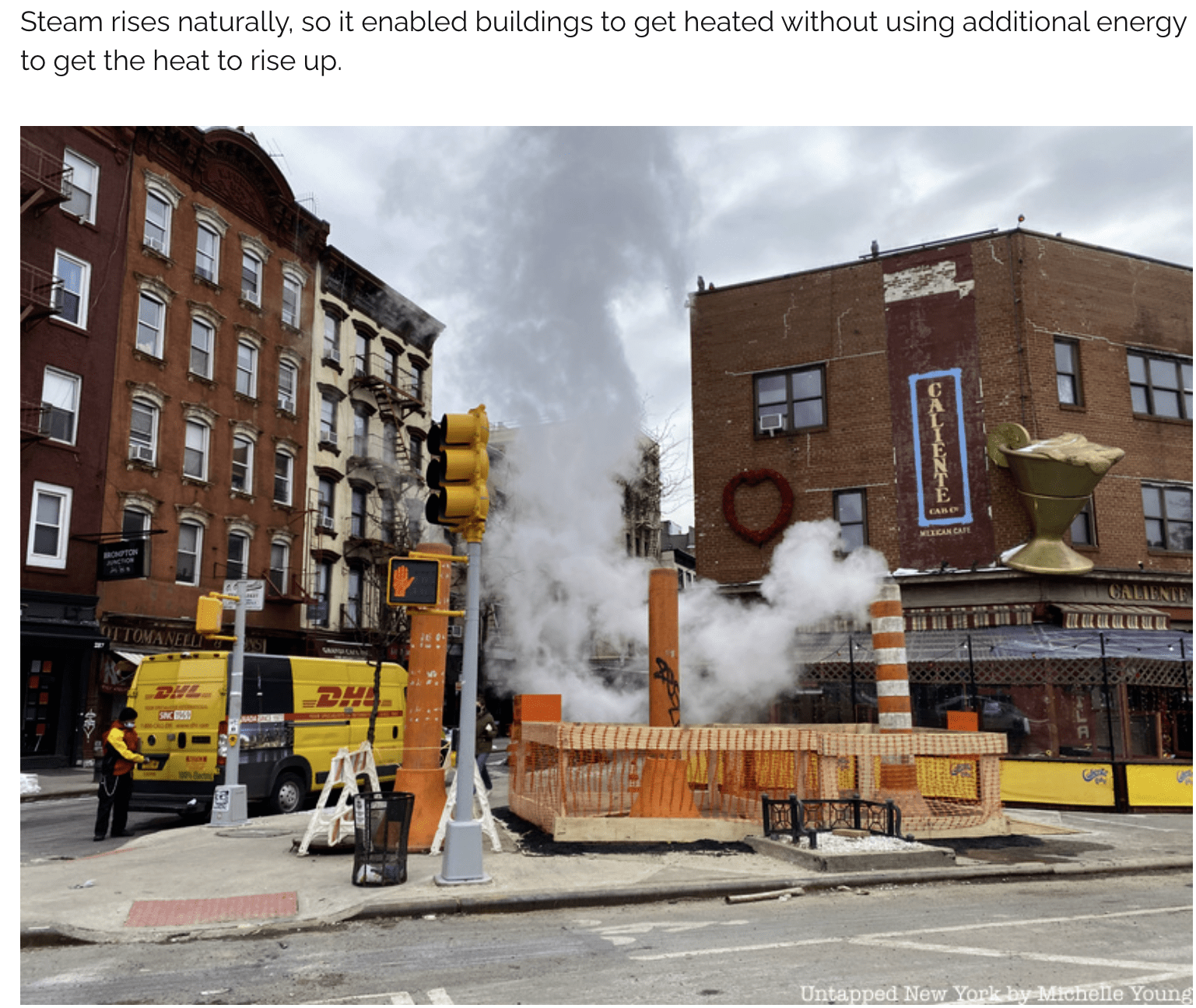
Although in the 1880s, NYC connected a district heat system, for the most of the US, today’s default supply for heat is “district gas.”
Where “district gas” is the municipal option
For the most of the US, today’s default supply for heat is “district gas.” Gas is delivered through municipal piping and burned in individual buildings to provide heat and hot water. Heating increases the US carbon footprint. And once combusted, that gas is used up.
By contrast, a solar district heating plant cycles solar energy daily for as long as its lifetime, often for over 25 years, decarbonizing towns or cities. It is delivered as hot water at temperatures of up to 120 °C, and transported in a circular loop returning the water to the solar field for reheating.
In a district heating network, households are connected with this district heating through pipes laid under road surfaces. Inside, that solar-heated water is sent through piping systems to radiators for heat and separately, to supply hot water.
Some state regulatory bodies are now beginning to ban “district gas” as the US default for heating and hot water in new construction. Could solar thermal district heating be an alternative?
“Absolutely, yes,” Bundgaard agreed. “All of Europe, North America, Australia and New Zealand would all benefit from district heating systems similar to the one we have in Denmark. With solar heat, heat pumps and low-temperature Pit Thermal Energy Storage – a scalable and cost-efficient form of district heating energy storage – you can basically create a full Net Zero emission district heating system.”

Most nations have better DNI (the solar resource for producing solar thermal district heat) than today’s global leader, Denmark














